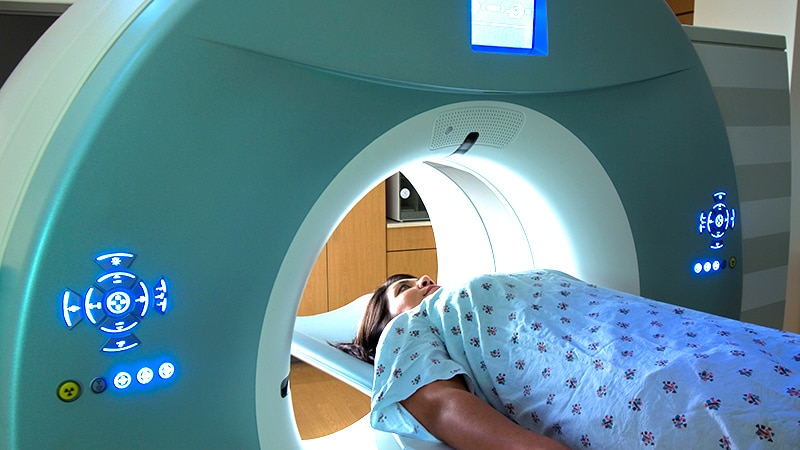External beam radiotherapy (EBRT) in combination with low-dose rate brachytherapy (LDR-EBRT) may achieve more effective control of prostate cancer progression at 5 years compared with high-dose rate brachytherapy combined with EBRT (HDR-EBRT). That is the finding of a study carried out by Leeds Teaching Hospitals NHS Trust.
A multivariable analysis was performed using data from almost 300 men with intermediate- and high-risk prostate cancer treated with LDR-EBRT between 1996 and 2007 (n=116) and those treated with HDR-EBRT between 2007 and 2012 (n=171).
At 5 years, biochemical progression free survival (bPFS) was estimated to be 90.5% for the LDR-EBRT cohort and 77.6% for the HDR-EBRT cohort.
On multivariable analysis, patients treated with HDR-EBRT were more than twice as likely to experience biochemical progression compared with LDR-EBRT (HR 2.33; 95% CI 1.12-4.07).
Patients with Gleason ≥8 disease were over five times more likely to experience biochemical progression compared with Gleason 6 disease (HR 5.47; 95% CI 1.26-23.64).
Cumulative incidence of ≥grade 3 genitourinary for the LDR-EBRT and HDR-EBRT cohorts were 8% versus 4%. The incidence of gastrointestinal toxicities were 5% versus 1%, respectively. However, these differences did not reach statistical significance.
The authors concluded that LDR-EBRT may provide more effective PSA control at 5 years compared with HDR-EBRT. However, they said direct comparison of these treatments through randomised trials are recommended to investigate the hypothesis further.



